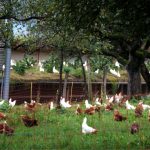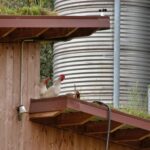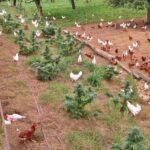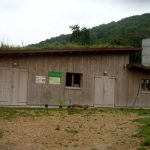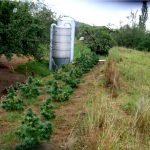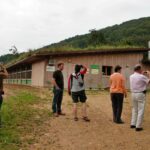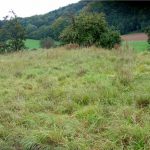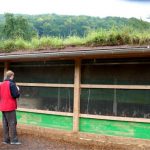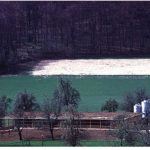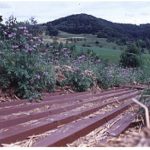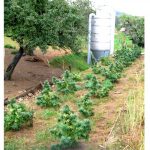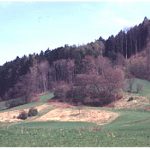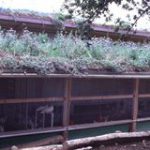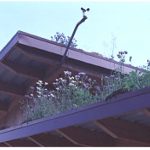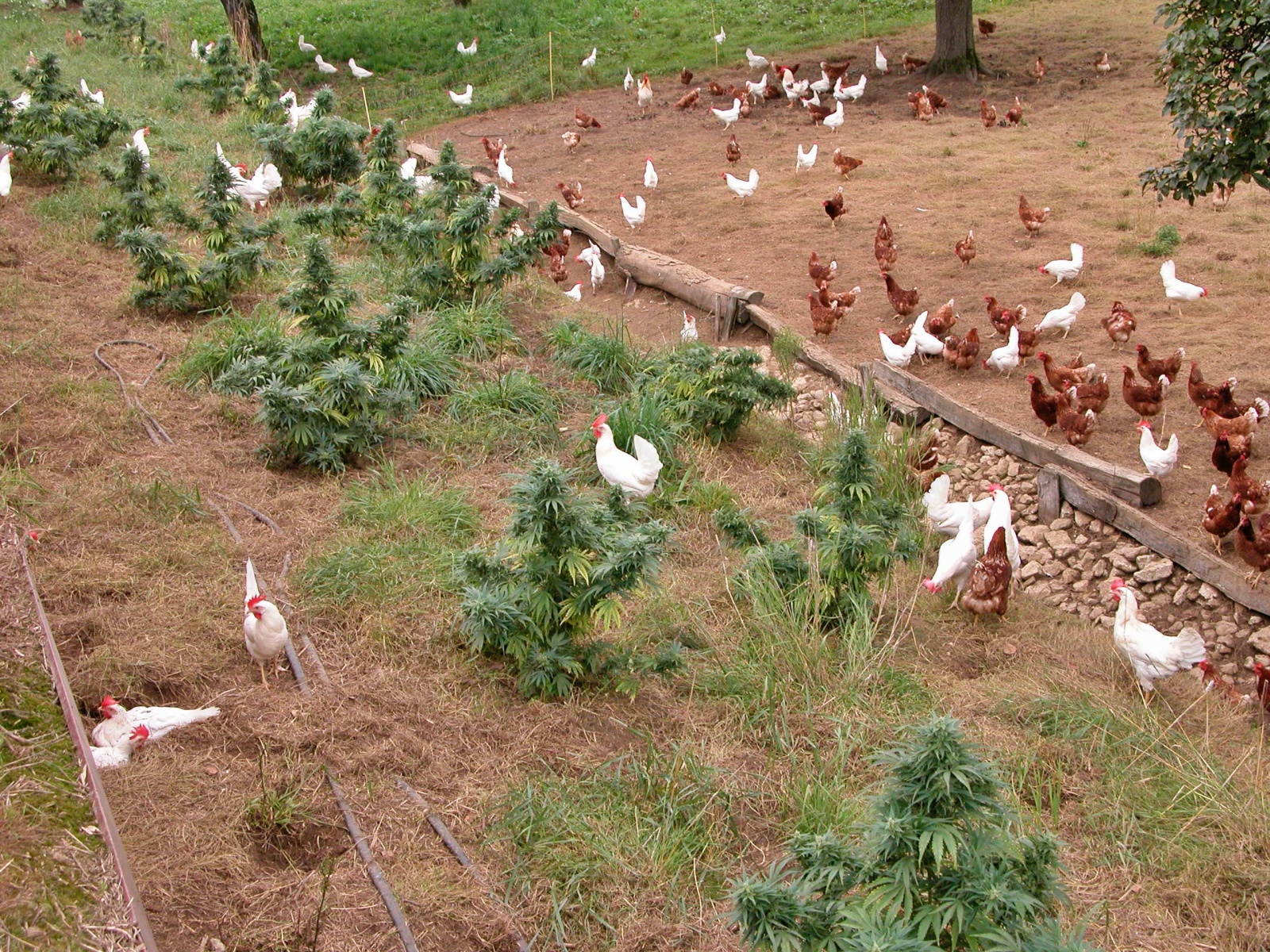
Additional Resources
Also located on the Asphof property is the Hay Shed Greenroof. Read Linda Velazquez’s Greenroof Project of the Week feature on Greenroofs.com of 4.17.10 “GPW: Asphof Hen Unit” here. For additional info, please contact Stephan Brenneisen, Dr. phil Geograph, ZHAW – Zurich University of Applied Sciences, Institute of Environment and Nature Resources, Centre of nature management-Urban Greening, Competence Centre Green Roofs, CH – 8820 Wädenswil; email: bres@zhaw.ch; or Nathalie Baumann, Dipl. BioGeografin, email: bale@zhaw.ch.
Greenroofs appear on two levels of the Asphof Hen Unit, an organic chicken coop serving 2000 chickens. The owners desired the target dry grass meadow of the surrounding landscape to establish itself (2003) on the chicken coop to provide temperature and ventilation control for the “bio” hen unit and integrate it in a sensitive manner. As a result, a Norwegian-style greenroof was established on the Asphof (Chicken Coop or Hen Unit) for Canton Basle Rural’s Nature and Countryside Protection Commission.
The owner also has particular medicinal needs, so certain specific plants are grown atop the hen unit, resulting in happier hens, according to the owner. The 1000 m² roofscaped area was created with material occurring naturally on site, in line with the design produced by the Environment and Natural Resources section at the University of Wädenswil.
Since the load-bearing capacity of the metal roof was limited (100 kg/m²), pieces of lightweight China Reed had to be introduced as the lower substrate (15 cm layer, uncompressed) to achieve the desired water retention capacity. Above this was placed a 5 cm layer of loamy humus topsoil from the former orchard area. After one year the China Reed volume compressed to 10cm.
Using this type of construction, the only additional cost to the farmers was 10,000 Swiss francs for the Asphof Hen Unit support structure; the rest of the landscaping materials were already owned by them (China Reed grows on site). To combat possible erosion, Phacelia was selected as the first plant to be sown, a species which is fast growing and improves ( i.e. breaks up) the soil. In phase two, mown grass from a dry meadow will be spread on top of this to promote the establishment of the local dry meadow on the roof.
The Asphof Hen Unit greenroofs control temperature and ventilation inside the building: in summer the heat of the interior is reduced by up to seven degrees compared with the outside temperatures due to cooling through evaporation and insulating effects. In winter the improved heat insulation helps to ventilate the building. The quality of life of the hens has increased their productivity through greater egg-laying capacity.
Linda and Aramis Velazquez of Greenroofs.com visited the Asphof Hen Unit and farm in September 2005 and enjoyed a lovely lunch here as well as the lively display of hens flying onto both levels of the roof.
 Greenroofs.comConnecting the Planet + Living Architecture
Greenroofs.comConnecting the Planet + Living Architecture
